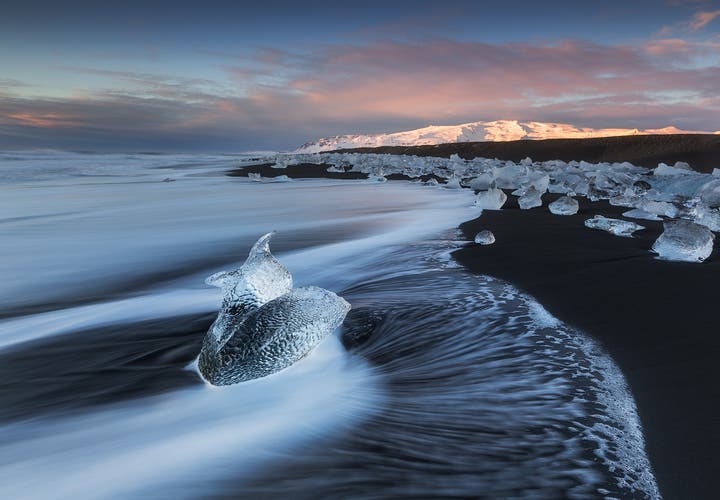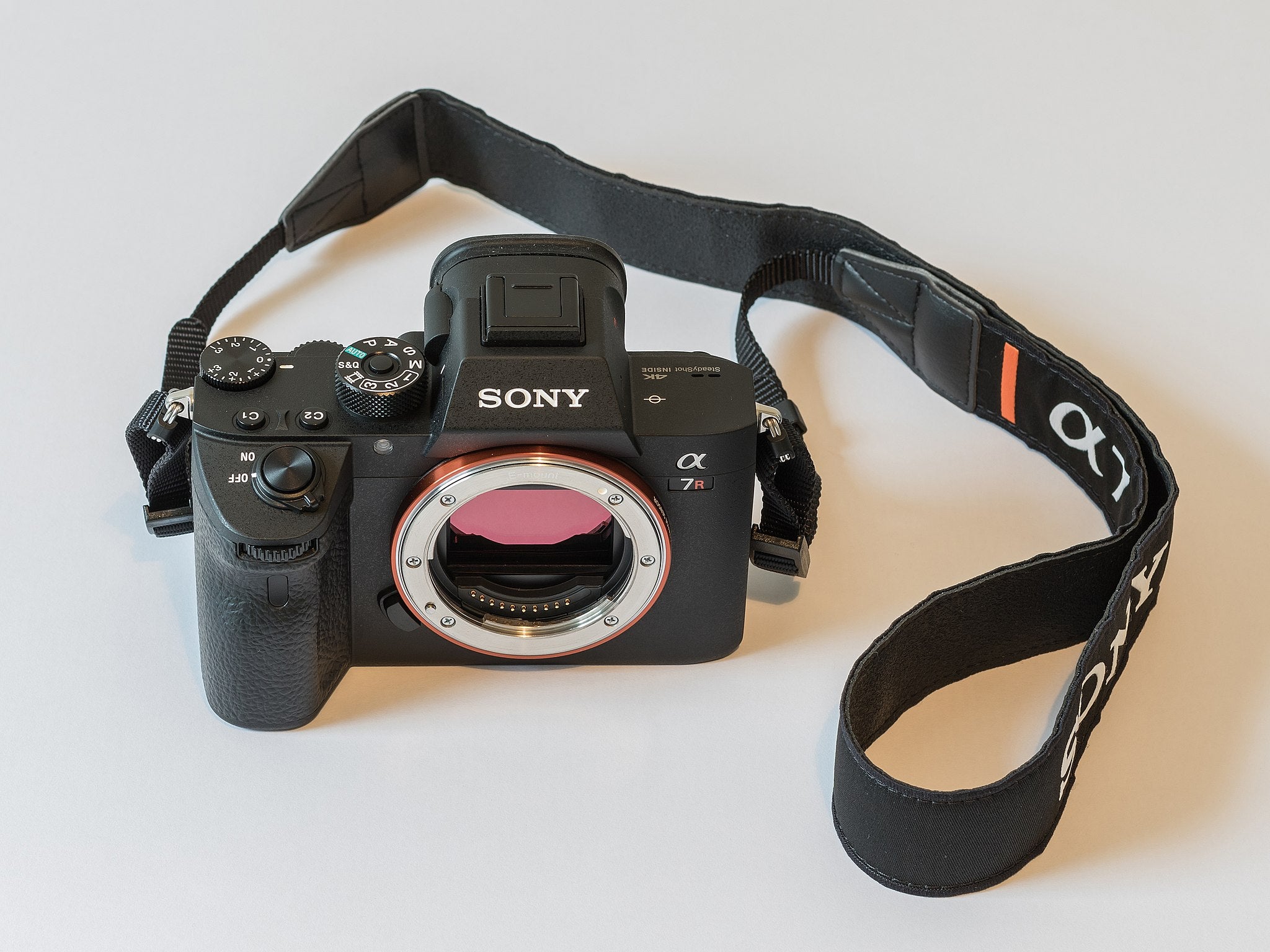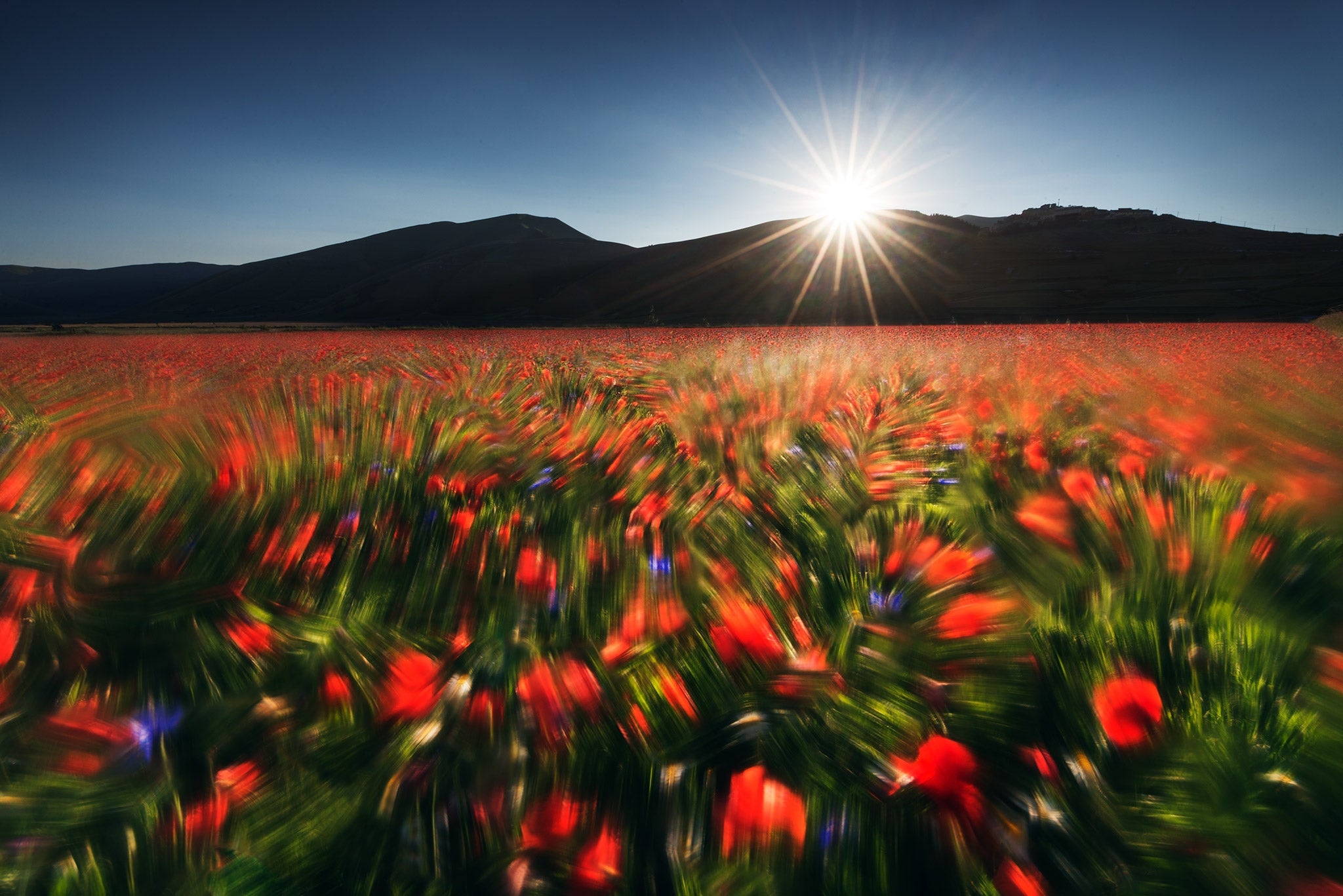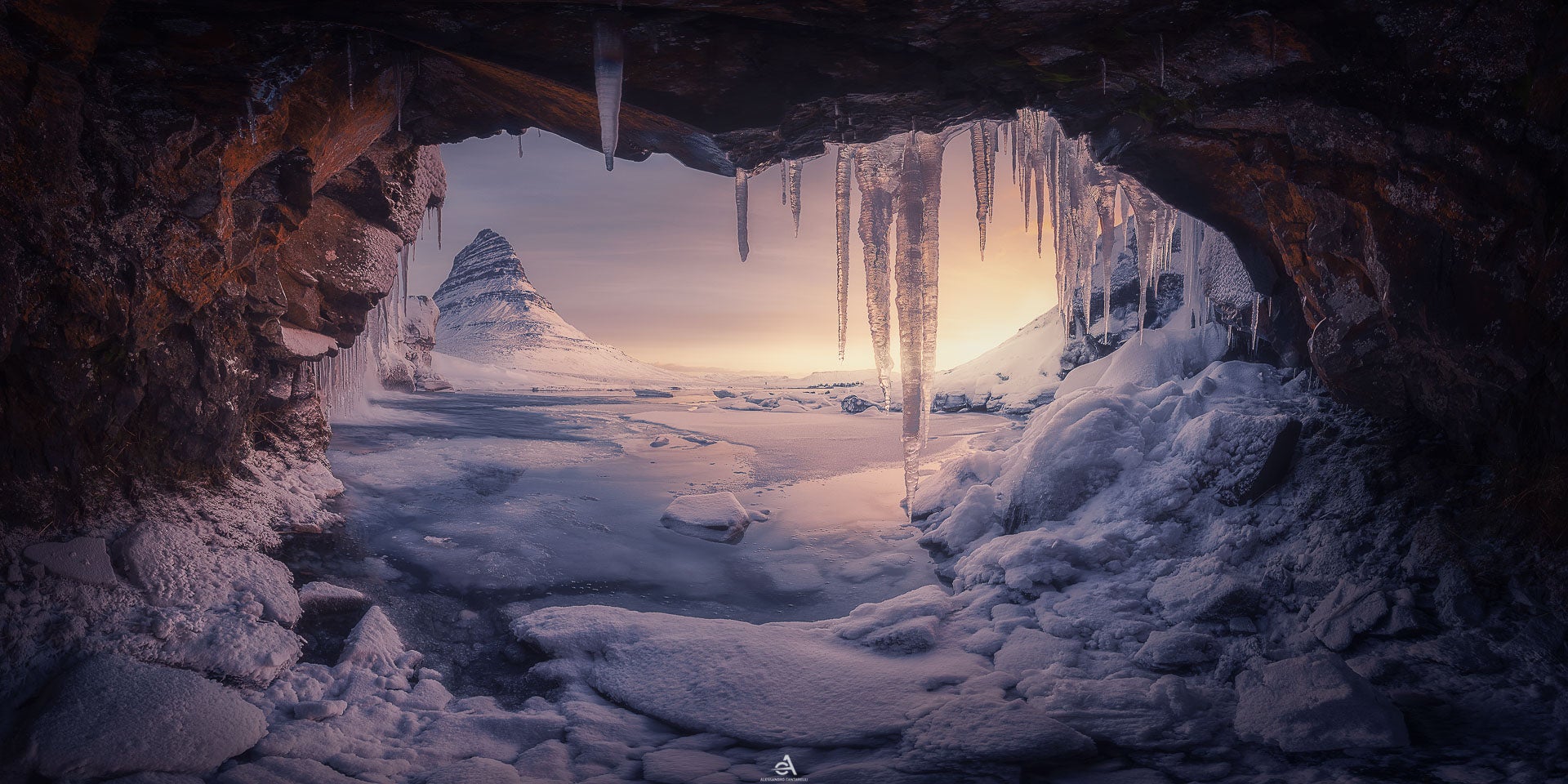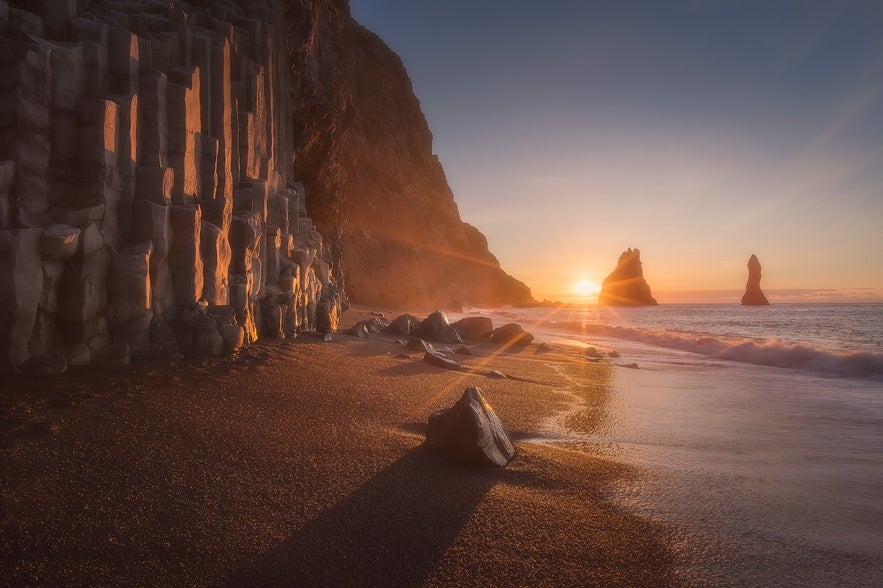
One of the most popular questions that we are often asked during our landscape photography tours in Iceland is whether it’s best to be shooting RAW versus JPEG. The answer though isn’t really all that simple. The truth is that whether you should shoot in RAW or JPEG can depend on several different factors, taking into account what you actually hope to achieve with your photography.
- Learn about Chromatic Aberration – What it is and How to Avoid it
- Check out the Ultimate Photography Guide to Tuscany
- Discover this Interview with Leonardo Papèra
Before we explore the reasons for using these two formats any further, let’s take a look at what JPEG and RAW files are, so we have an understanding of how they actually differ.
What is a JPEG?
A JPEG is a type of standardised file format for digital images. The acronym "JPEG" itself stands for Joint Photographic Experts Group, the name of the committee that created this method of compression.
JPEG is the most commonly used format for storing and transmitting pictures on the Internet, as its type of compression allows for smaller file sizes with little loss of image quality, resulting in a faster transfer time. The nature of the JPEG format also makes it easier for photographs to be read by and stored on space-limited devices such as computers and smartphones, without the need for any specialised kind of software.
When you take an image in the JPEG format, a series of algorithms are applied to compress the photo in-camera as it is recorded to your memory card. Due to this irreversible process of compression, any edits that you make to the file later on will be deemed as what we call “destructive”, meaning that there will be a slight loss of quality with every change that you apply.
What is a RAW File?
On the other hand, RAW is a type of image format that contains unprocessed data captured from the image sensor of your camera. As the data is unprocessed and uncompressed, it is not suitable for printing or for storage and transmission on the Internet in its raw form.
Essentially, a RAW file is just a bunch of information that you’ve captured from a scene, including the metadata such as your camera’s settings and much more. Due to the amount of data that RAW files record, they can be much larger than JPEGs and subsequently take up more space. As such, RAW files need to be processed and converted into readable files of reasonable sizes before they are ready to be stored, printed or transmitted.
Although it takes much more time to get a RAW file ready to be viewed, the nature of this recording process means that you’ll be able to make as many different changes to the file as you like, without losing any quality. As all of the data has been saved prior to any manipulation being made, the file is what we call “non-destructive”. Even if you make any edits, you’ll still have the original data to fall back on should you decide to reverse any procedures.
Why Shoot in JPEG Instead of RAW?
As we mentioned before, JPEG files are much smaller than RAW files, as the data contained within them has already been compressed from the moment that they are recorded. This means that you can share the images right out of your camera, transfer them to your phone, or even email them quickly without having to be too concerned about your bandwidth.
Since JPEGs are small in file size, you can record a lot more of them onto your memory card, getting a lot more value out of the space. This means less money spent on storage which you can invest elsewhere, such as on travelling.
Benefits of Shooting RAW Photos
 RAW files allow for greater flexibility when post processing your photos. Photo by: 'Iurie Belegurschi'.
RAW files allow for greater flexibility when post processing your photos. Photo by: 'Iurie Belegurschi'.
Although RAW files are much larger than JPEGs and must be processed before they can be shared, they allow for greater flexibility in post production. This can be particularly useful for more serious photographers, who need control over image quality and the ability to express themselves more creatively.
The reason for this is that RAW files record at a larger bit-depth than JPEGs, which provides more tonal range. By recording more information about the colour tones at each pixel and retaining a larger dynamic range, this format allows you the leeway to rescue your photos, particularly if they need a bit of adjusting.
JPEG vs RAW in Landscape Photography
 Shooting in JPEG saves time, memory card space and energy. Photo by: 'Iurie Belegurschi'.
Shooting in JPEG saves time, memory card space and energy. Photo by: 'Iurie Belegurschi'.
Now that we’ve looked at the differences between JPEG and RAW files, as well as their individual benefits, it’s time to examine the reasons for using one over the other in landscape photography.
Imagine that you’re at the Jökulsárlón glacier lagoon and you’re about to take a fabulous photo of a seal hauling itself out heavily onto an iceberg. To capture this moment, you’ll probably take a lot of shots within a short timeframe, perhaps even in burst mode. Luckily for you, the lighting conditions aren’t so bad, illuminating the seal perfectly without too much glare on the surrounding ice.
An advantage of shooting this scene in JPEG is that you’ll be able to save a lot of time, memory card space and energy, as your rapid-succession shots will be processed and compressed within your camera straight away. Consequently, they’ll be ready almost instantly for you to share via email with friends or family. Your loved ones will be able to experience up-to-the-minute updates on your adventures in Iceland, as every photo that you take will be ready to share with them immediately. You’ll be able to spend more time shooting in Iceland and less time having to sit behind a computer, worrying about the editing.
 Shooting in JPEG is great when you want to instantly share your images. Photo by: 'Iurie Belegurschi'.
Shooting in JPEG is great when you want to instantly share your images. Photo by: 'Iurie Belegurschi'.
The same applies for when you're taking snapshots of puffins on the go or even if you're just wanting to take photos of your friends as keepsakes. If the lighting conditions are just right, then you may not need to do much processing, meaning that it will be perfectly safe to shoot the scene in JPEG format.
However, the thing about landscape photography is that the environment contains a lot of dynamic range. By shooting in RAW, your camera will record enough information within the scene for you to be able to make major adjustments later on when editing – such as bringing back details in the shadows, or fixing blown-out highlights and tone-mapping an image without any loss of quality. This means that you can rescue an image, even if it’s over or underexposed. Shooting in RAW can also reduce the problem of colour banding in the sky, as more tones being captured will result in a smoother colour graduation.
 Shooting in RAW means you can rescue some of the shadows and highlights in post processing. Photo by: 'Iurie Belegurschi'.
Shooting in RAW means you can rescue some of the shadows and highlights in post processing. Photo by: 'Iurie Belegurschi'.
Of course, all of this doesn’t mean that you can just throw away your technical skills. Shooting in RAW simply means that you’ll be able to increase your chances of retaining a picture later on that you can use for different purposes, other than sending them immediately to your friends and family.
One great example for the usefulness of RAW files in landscape photography is that our editing skills are continually developing. New techniques are always being introduced to digital post processing and of course, we are always refining our individual workflows. By taking your photos in RAW rather than JPEG, you’ll be able to practice these processing techniques well into the future, as you’ll have recorded all of the data that you need to work with. The same simply can’t be said of JPEG files, as they will have already had compression applied, meaning that any edits that you make later on will result in a loss of overall quality.
But what if you don’t want to edit every single photo? Well, there’s actually a middle-ground that you can take.
RAW + JPEG: The Best of Both Worlds
 Shooting in RAW and JPEG at the same time gives you greater flexibility. Photo by: 'Iurie Belegurschi'.
Shooting in RAW and JPEG at the same time gives you greater flexibility. Photo by: 'Iurie Belegurschi'.
Most digital cameras these days will allow for you to record the same image in both JPEG and RAW formats, at the same time. This gives you increased flexibility with your files. You can simply use the JPEGs straight away, particularly if you feel that the images don’t need editing, or you can wait until you get home to process the RAW files.
This is particularly useful for those days when you might take a lot of photos of your friends, for example during a glacier hike, which are then interspersed with photos of the landscape. The photos of your friends may not need any adjustments and will be fine recorded in JPEG, though things like ice caves and glaciers will be much more complex to work with. If you plan on using photography techniques such as focus stacking for ice caves, then you’ll benefit a lot more from taking the photos in the RAW format and applying finer adjustments later.
Shooting in both formats at the same time can also give you an idea of how you might choose to process your files later on, as you’ll be able to see how an image might look like in JPEG with some adjustments already applied. This is particularly useful when shooting at the Diamond Ice Beach, where split-second decisions may result in incredible shots straight out of the camera. On the other hand, you may take a number of successive images to combine later on during post-processing for the ultimate picture of the waves in action.
 Shooting in both RAW and JPEG at the Diamond Ice Beach can be useful. Photo by: 'Iurie Belegurschi'.
Shooting in both RAW and JPEG at the Diamond Ice Beach can be useful. Photo by: 'Iurie Belegurschi'.
In the end, there is no absolute one way that is better for landscape photography in Iceland. Whether you shoot in JPEG, RAW or a combination of the two is entirely up to you. However, as we’ve already discussed, the format that you choose will depend largely upon what you plan to do with your images. It will also ultimately affect your workload and the quality of your output later on.
If you’ve never shot in RAW before, then give it a try while you’re in Iceland. Shooting in RAW will also give you the ability to try some of the more complex techniques that you’ve probably read about in photography but haven’t had a chance to put into practice yet. You might find that it gives you a lot more control over your images than you otherwise would have if you were to shoot in JPEG.
About the author: Serena Dzenis is a landscape photographer based in Iceland. You can find more of her work on her website or by following her on Facebook and Instagram.
Are you ready to book an Arctic adventure in Iceland? Check out our range of small group photography workshops and tours for some inspiration!
